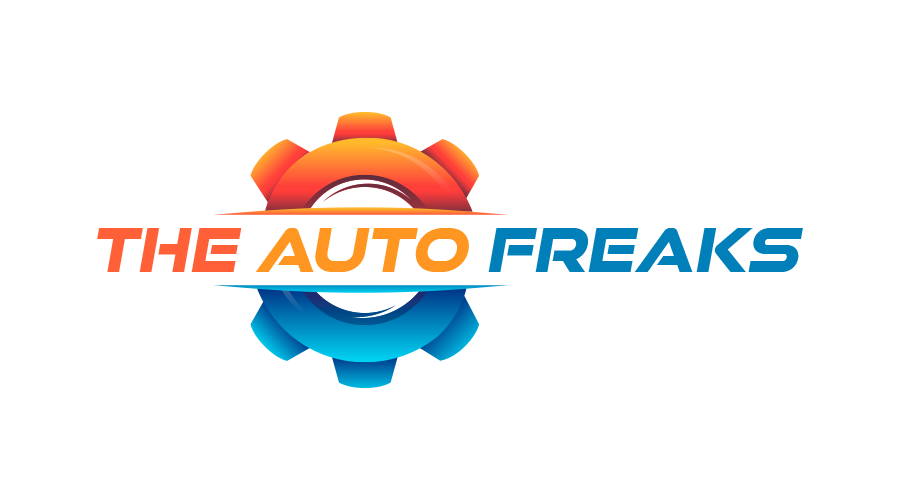Buying or selling a used car can be a daunting experience, especially if you do it once in a blue moon. While most transactions go through without a hitch, there are instances where the process is filled with obstacles, uncertainty, and potential pitfalls – and the fact that there are shady elements actively working to create those detriments doesn’t help at all.
The sad truth is, scammers abound in the used car market. They prey on unsuspecting victims, depriving them of their money and vehicles, often disappearing without a trace once the deed is done. Fortunately, there are reliable ways to avoid them, with one of the best being working with a reputable dealership, such as Louisiana’s B.Y.O.T., for instance.
However, if you don’t have access to BYOT used cars for sale in Baton Rouge, LA, the next best thing is staying vigilant and staying informed – which is what this guide is all about. Today, we’ll help you familiarize yourself with the most common scams in the used cars market, how to recognize them, and most importantly – how to avoid them.
What are the most common scams related to buying used cars?
The bad news? Car-buying scams are many and quite diverse. The good news? You can spot them from a mile away – if you know what you’re looking for.
The “Odometer Rollback”
This has to be one of the oldest and most common scams in the book. How it works is the seller (scammer) tampers with the odometer and rolls back the mileage to make the vehicle appear less used, thereby increasing its value. This scam is easier to pull on older, mechanical odometers, but modern ones aren’t 100% tamper-resistant.
- Red flag: The car’s condition doesn’t match the mileage.
How to avoid it:
- Compare the odometer reading with service records.
- Use reputable services like CARFAX to check the vehicle’s history.
- Check for signs of excessive wear (most easily notable on the pedals and steering wheel).
The “Title Washing”
Also known as “Curbstoning”, the goal of this scheme is to sell you a salvaged car (i.e., the car that has been flooded, totaled, or otherwise severely damaged). Title Washing typically entails significant cosmetic updates, with the sole purpose of concealing serious defects and making the vehicle appear more attractive.
- Red flag: The title is missing OR the car has been registered in your state quite recently.
How to avoid it:
- Check the vehicle’s history using CARFAX, AutoCheck, or a similar service.
- Look for signs of cosmetic tampering, such as mismatched paint and panels, or uneven body gaps.
The “VIN Cloning”
This is the definition of a high-stakes scam because its aim is to sell you a stolen or otherwise illegally acquired car. The scammer will replace the Vehicle Identification Number (VIN) of a stolen vehicle with that of a similar, legally registered car, thereby making it look legitimate. If you buy this car and the authorities discover it, they may seize it without offering you a refund, and you may even face criminal charges.
- Red flag: The VIN on the dashboard, door, and engine do not match OR they show signs of tampering (e.g., inconsistent font/spacing, misaligned/scratched VIN plate, peeling VIN sticker, etc.)
How to avoid it:
- Make sure that the VIN on the dashboard, door, and engine block match each other, as well as the data in the vehicle’s documentation (i.e., title and registration).
- Perform the online VIN checkup. For added security, run the number through the National Insurance Crime Bureau (NICB) database, to see if it’s flagged as stolen.
- “Too good to be true” price can often indicate shady activity, as scammers typically want to offload the stolen vehicle as quickly as possible.
As you can see, these scams can be quite scary and can have serious consequences. Fortunately, it doesn’t take much to recognize and avoid them. Stay vigilant, stay informed, and most importantly, choose reputable sellers above all other options, and you’ll be able to navigate the used car market with confidence and safety.

